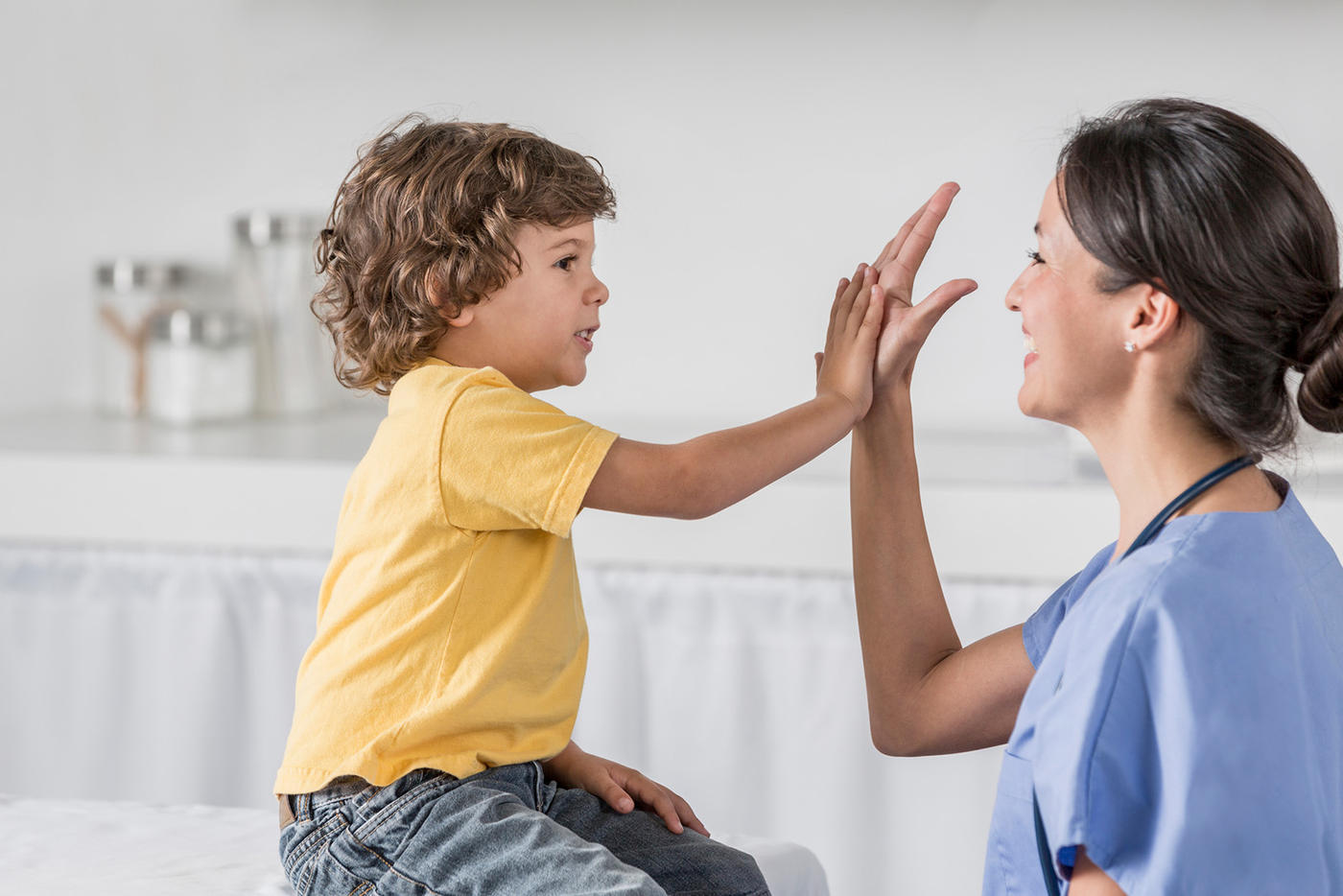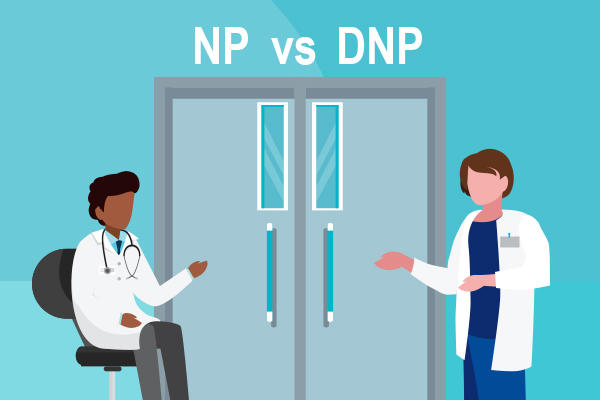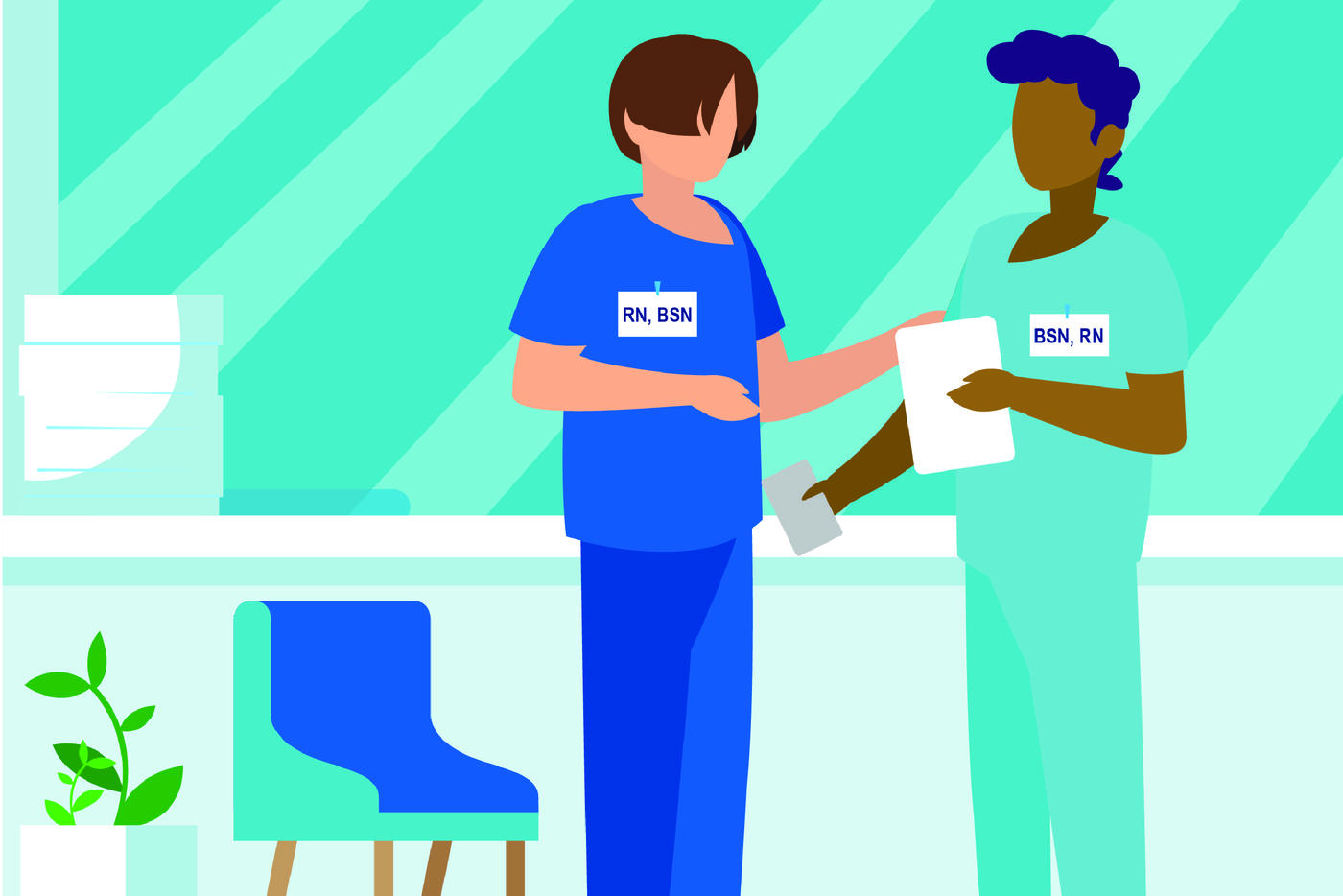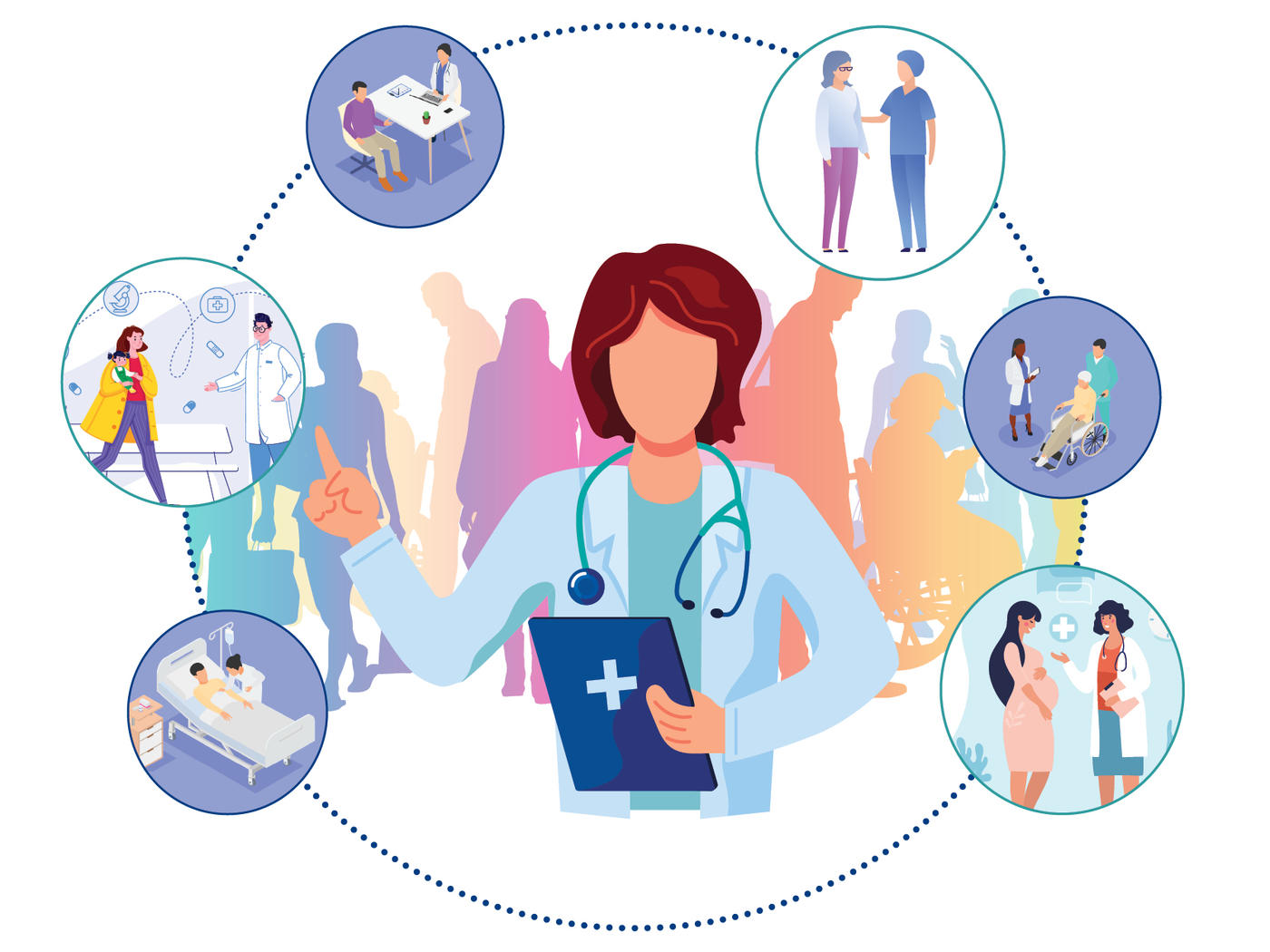Featured
Tags
Share
- Home / Blog / Nursing Today / Lessons from the Aurora Tragedy: The Critical Role of Disaster Preparedness for Nurses
Lessons from the Aurora Tragedy: The Critical Role of Disaster Preparedness for Nurses
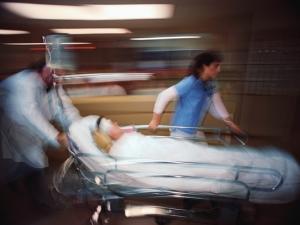
Following the recent tragedy in Aurora, Colo., hospitals in the area were flooded with victims suffering from gunshot wounds. Without enough operating rooms or surgeons to meet the influx of victims, hospital staff quickly activated their disaster-response plans and maintained control of the situation.
"Initial local resources were overwhelmed," Richard Zane, chairman of the department of emergency medicine at the University of Colorado Hospital’s campus in Aurora, recently said in USA Today. "There's no question the level of preparedness saved lives."
The effective medical response in Aurora was a grim reminder of the importance of nurse training for multiple-casualty and mass-casualty events. In a recent webinar, “Disaster Preparedness for the Bedside Nurse,” on July 10, Chamberlain online faculty member Charlene Romer discussed how nurses could prepare for the unexpected.
“Disaster can strike anytime, anywhere and it takes many forms,” Romer said. “Lack of preparation can undermine our safety and wellbeing, as well as those under our care.”
Below, find a few important reminders for emergency and bedside nurses to effectively respond in disaster situations:
- Know your hospital disaster response plan Know your organization’s plan and stay informed of when a disaster, such as extreme weather, might strike. The chain of command at your institution is one element that might differ from normal operation to disaster response. You also need to know what work you can perform at this time, which may not be part of your normal job routine.
- Triage is based on the casualty level In mass-casualty incidents, upside-down triage is used, meaning the greatest good for the greatest number. In multiple-casualty events, severely injured or ill patients are treated first. It’s also important to triage for supplies during disaster.“During a mass casualty event, rapid assessment and intervention demands personal confidence in your ability to make the diagnosis and react,” Romer said.
- Patient safety is the number one priority Patients should always be protected from any immediate threat first. Make sure hallways are open so staff can meet the needs of all patients and move equipment.“Above all, we need to remain calm, reassure our patients and listen for instructions from the person in charge,” Romer said.
For much more on the nurse’s role during disaster, including a nursing-informatics view on protecting patient records from Chamberlain’s Toni Hebda, watch “Disaster Preparedness for the Bedside Nurse”.
By Molly Mattison
More from Nursing Today
Request More Information
To receive the Chamberlain University Program Guide, including associated career paths, please select a program of study.



